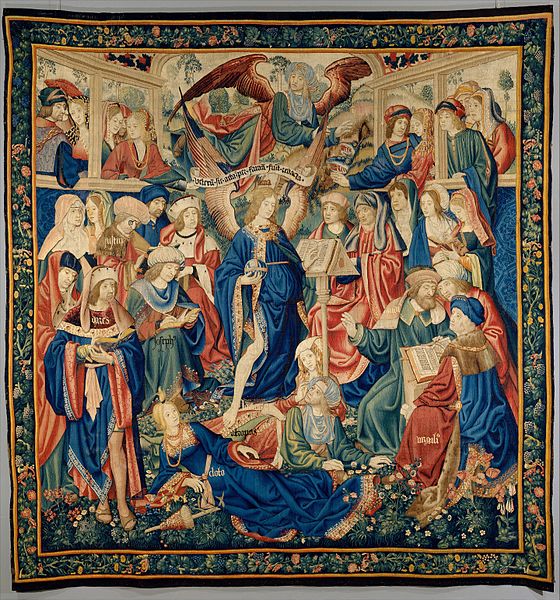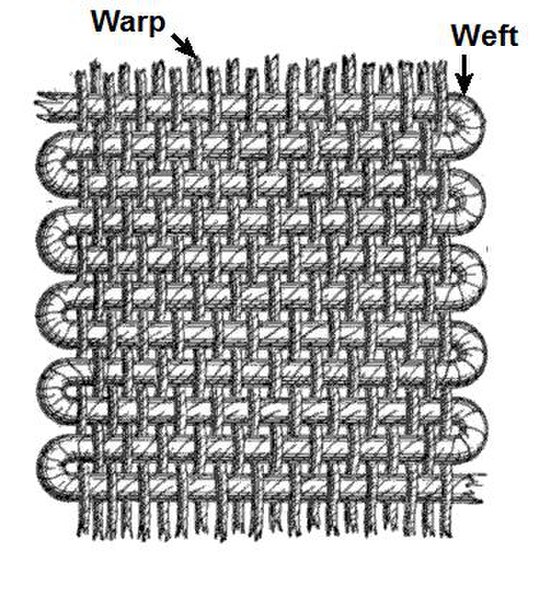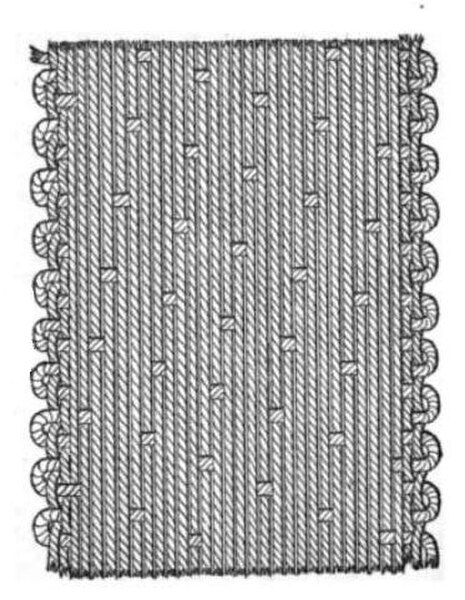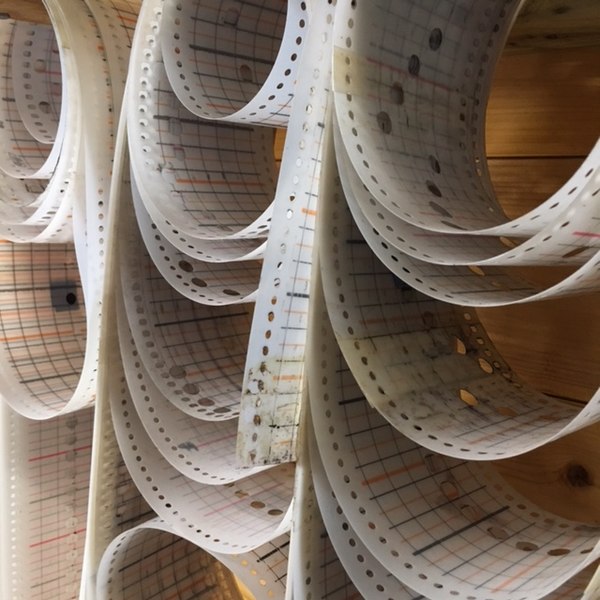Tapestry is a form of textile art, traditionally woven by hand on a loom. Normally it is used to create images rather than patterns. Tapestry is relatively fragile, and difficult to make, so most historical pieces are intended to hang vertically on a wall, or sometimes horizontally over a piece of furniture such as a table or bed. Some periods made smaller pieces, often long and narrow and used as borders for other textiles. Most weavers use a natural warp thread, such as wool, linen, or cotton. The weft threads are usually wool or cotton but may include silk, gold, silver, or other alternatives.
Weaving a small tapestry on a high-warp loom, 2022, New Zealand
One of the tapestries in the series The Hunt of the Unicorn: The Unicorn is Found, circa 1495–1505, The Cloisters, Metropolitan Museum of Art, New York City
Tapestry Room from Croome Court, moved to the Metropolitan Museum of Art, hung with made to measure 18th-century Gobelins tapestries, also covering the chairs. 1763-71
The Triumph of Fame, probably Brussels, 1500s
Weaving is a method of textile production in which two distinct sets of yarns or threads are interlaced at right angles to form a fabric or cloth. Other methods are knitting, crocheting, felting, and braiding or plaiting. The longitudinal threads are called the warp and the lateral threads are the weft, woof, or filling. The method in which these threads are interwoven affects the characteristics of the cloth.
Cloth is usually woven on a loom, a device that holds the warp threads in place while filling threads are woven through them. A fabric band that meets this definition of cloth can also be made using other methods, including tablet weaving, back strap loom, or other techniques that can be done without looms.
Warp and weft in plain weaving
A satin weave, common for silk, in which each warp thread floats over 16 weft threads
A Bangladesh Ansar officer weaving on duty.
Weaving pattern cards used by Skye Weavers, Isle of Skye, Scotland








